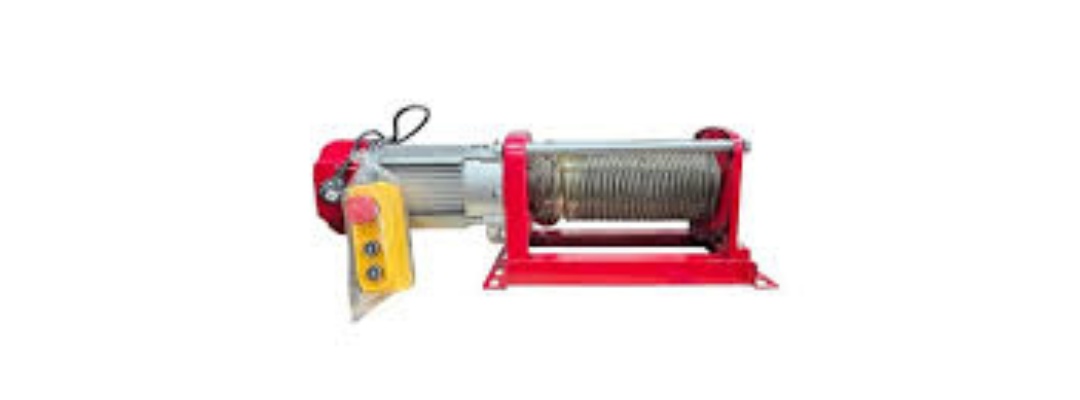Choosing the right PLC drives and motors for crane automation is a critical decision that impacts the efficiency and safety of your material handling system. Here are the steps and considerations to help you make an informed choice:
1. Understand Your Crane Automation Requirements
Start with a clear understanding of your crane’s operational needs:
- Load capacity (maximum and average)
- Lifting height and vertical travel distance
- Operating environment (indoor, outdoor, dusty, humid, etc.)
- Duty cycle (intermittent or continuous use)
- Industry-specific safety regulations
The more detailed your requirement analysis, the easier it is to align with the correct motor and drive systems.
2. Choose the Right Type of Motors
Common motor types used in crane automation include:
- AC motors: Ideal for robust, straightforward lifting tasks
- DC motors: Often used in older crane systems, offering smooth speed control
- Servo motors: Preferred for high-precision movements and advanced automation
Select the motor type based on your crane’s performance goals, response time, and precision needs.
3. Calculate Motor Power and Sizing
Motor selection must match:
- Load weight and lifting speed
- Acceleration and deceleration demands
- Inertia and torque requirements
Use application-specific formulas or consult crane motor sizing tools to ensure optimal performance without overloading the system.
4. Focus on Energy Efficiency
Using energy-efficient motors and drives can reduce long-term operating costs. Consider:
- High-efficiency IE2 or IE3-rated motors
- Variable Frequency Drives (VFDs) for AC motors to modulate speed
- Energy recovery systems in regenerative applications
Improving efficiency not only reduces power consumption but also minimizes heat and wear.
5. Select the Right Drive System
The motor’s drive system governs speed, torque, and direction. Choose from:
- Contactor-based control systems for basic, cost-effective setups
- VFDs or soft starters for smoother acceleration and torque control
- PLC-based control systems for intelligent automation and synchronization
For most modern crane automation, a combination of VFDs and PLCs is ideal.
6. Prioritize Safety Features
Safety is non-negotiable. Ensure that your PLC drives and motors include:
- Overload protection
- Emergency stop integration
- Torque limiting and brake control
- Fail-safe and redundant systems
Compliance with global standards like IEC, ISO, or OSHA can further enhance reliability.
7. Ensure PLC Compatibility
Verify that the chosen motors and drives integrate seamlessly with your Programmable Logic Controller (PLC):
- Compatible communication protocols (e.g., PROFIBUS, PROFINET, Modbus)
- Support for real-time feedback and diagnostics
- Easy configuration through the automation platform (e.g., Siemens TIA Portal)
This enables smooth data exchange and real-time control.
8. Check for Durability and Environmental Resistance
Cranes often operate in harsh environments. Your motors and drives should be:
- IP-rated for dust and water resistance
- Resistant to vibration, heat, and corrosion
- Designed for heavy-duty and industrial use
Choosing ruggedized components reduces maintenance and extends lifespan.
9. Ease of Maintenance and Spare Parts Availability
Choose motors and drives that offer:
- Modular design for quick replacements
- Diagnostic features for predictive maintenance
- Readily available spare parts and technical support
This helps avoid unnecessary downtime and ensures continuity.
10. Align with Your Budget and Lifecycle Costs
While selecting high-performance equipment is essential, balance your decision by evaluating:
- Initial purchase cost
- Long-term energy savings
- Maintenance frequency and repair costs
A slightly higher upfront investment in premium components often pays off through lower total cost of ownership (TCO).
11. Consult Crane Automation Experts
Engaging experienced professionals or system integrators can streamline your decision-making. They bring:
- Application-specific insights
- Access to the latest crane automation technology
- Recommendations tailored to your use case
This step often saves time and improves system reliability.
12. Test and Validate Before Deployment
Before full-scale operation, conduct performance testing on:
- Load handling
- Safety systems
- Communication and control accuracy
Testing ensures that the motors, drives, and PLC systems meet your expectations and comply with safety standards.

